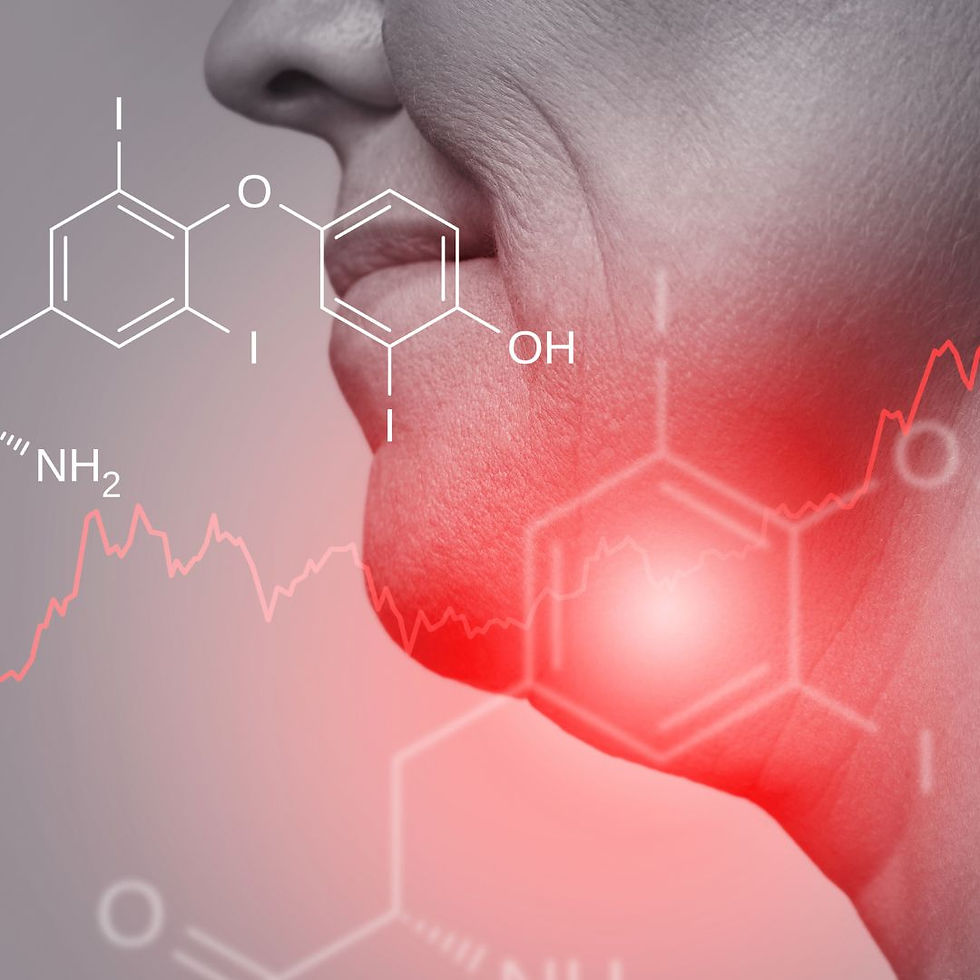Mineral Magic vs. Chemical Clash: The Ultimate Sunscreen Showdown for Safe & Effective Protection
- kathywalton
- Jun 9, 2023
- 3 min read

As summer approaches, it's time to talk about the importance and safety of sunscreen. You may have heard about sunscreens containing zinc and titanium particles, but are they safe for our skin? And why should you choose a mineral-based sunscreen over a chemical one? Let's dive into the science behind these sunscreens and help you make an informed decision for your skincare routine. Let's further explore the Mineral Magic vs. Chemical Clash: The Ultimate Sunscreen Showdown for Safe & Effective Protection!
Researchers have conducted various studies to determine if the particles in chemical and physical sunscreens can penetrate our skin.

A small FDA study published in JAMA in 2019 looked at the absorption rates of six ingredients commonly found in chemical sunscreens, including avobenzone, octocrylene, oxybenzone, and three others -homosalate, octisalate, and octinoxate. The study found that all six ingredients were absorbed at levels above the FDA's threshold after just one application, and the levels increased with repeated use. According to the study, active ingredients shouldn't be absorbed through the skin at levels higher than 0.5 nanograms per milliliter (ng/mL) without more testing but researchers found that oxybenzone, a common ingredient in sunscreen, was being absorbed at a level of 258.1 ng/mL when applied every two hours as directed. That's 516 times the FDA's limit!
Oxybenzone has the highest absorption rate, but five other ingredients were also being absorbed at really high levels. Almost 97% of Americans have some oxybenzone in their bodies, and it's even higher for those who use sunscreen regularly. Some experts are worried that oxybenzone could mess with our body's hormones, but there isn't enough evidence yet. The other five chemicals in the study also have some risks, like causing allergies or disrupting hormones. However, these risks are probably lower because they're absorbed at much lower levels compared to oxybenzone.

Due to these findings, the American Academy of Pediatrics (AAP) recommends avoiding sunscreens containing oxybenzone, especially for kids. On the other hand, mineral-based sunscreens with zinc oxide and titanium dioxide are considered safe because they aren't absorbed through the skin. They sit on the skin's surface and deflect UV rays without being absorbed.

In order to fully understand why some people prefer mineral versus chemical-based sunscreen, it is important to understand the mode of action of each. Chemical sunscreens work by being absorbed into the skin and converting ultraviolet light from the sun into heat. While minerals like zinc oxide and titanium dioxide sit on the surface of the skin and deflect UV rays without being absorbed.
So, what does this mean for you? If you're concerned about the safety of your sunscreen, consider using a mineral-based sunscreen instead. These sunscreens contain zinc oxide and titanium dioxide and are deemed safe by the FDA because they aren't absorbed through the skin.
Several studies support the safety of mineral-based sunscreens. One study on small pigs showed that titanium dioxide particles did not penetrate deep into the skin and stayed on the surface. Another study on human skin cells found that zinc oxide nanoparticles remained primarily on the skin's surface and not inside the cells.
So, why are zinc oxide and titanium dioxide considered safe in sunscreens?
1. The particles are too large to penetrate our skin cells.
2. They stay on the skin's surface and don't go deep inside.
3. Studies have shown that these particles do not harm our skin when used in sunscreen.


Comments